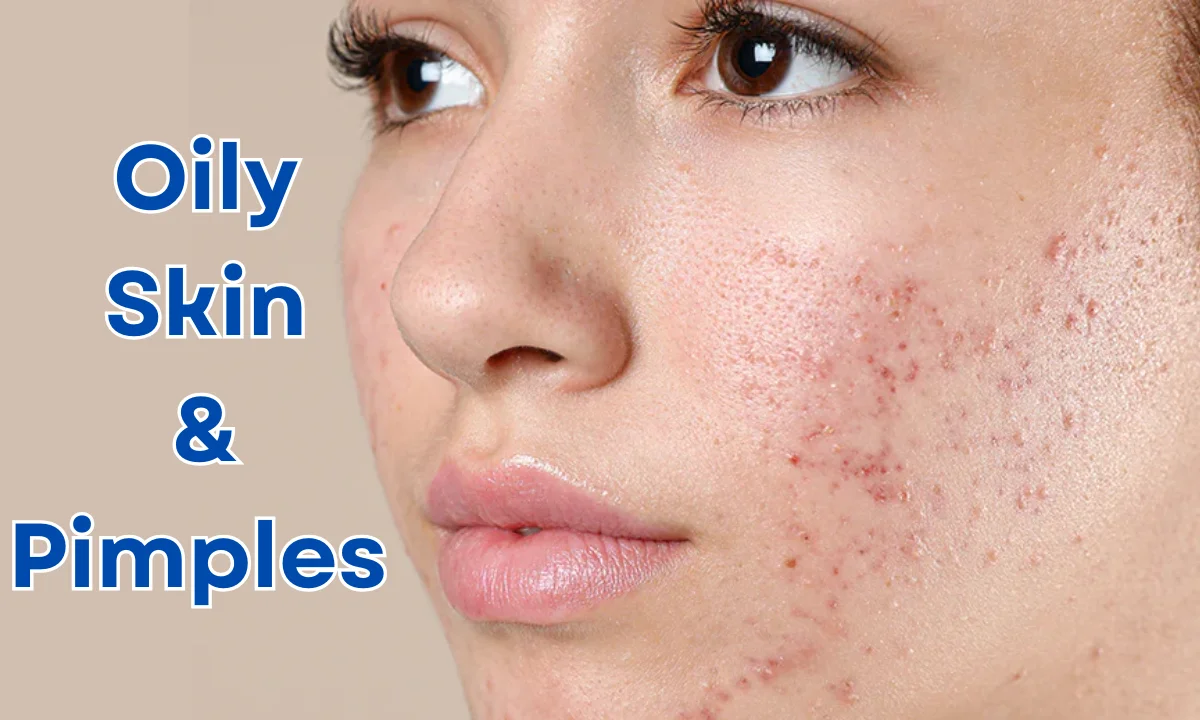Why oily skin have pimples? Learn these 5 shocking causes and learn how to manage breakouts effectively for healthier skin.”
Introduction
One of the most prevalent skin types is oily skin. It frequently produces excessive amounts of sebum, which can lead to acne and pimples. People should be able to better manage their skin type if they are aware of the causes of oily skin and how it relates to acne.
Why oily skin have pimples?
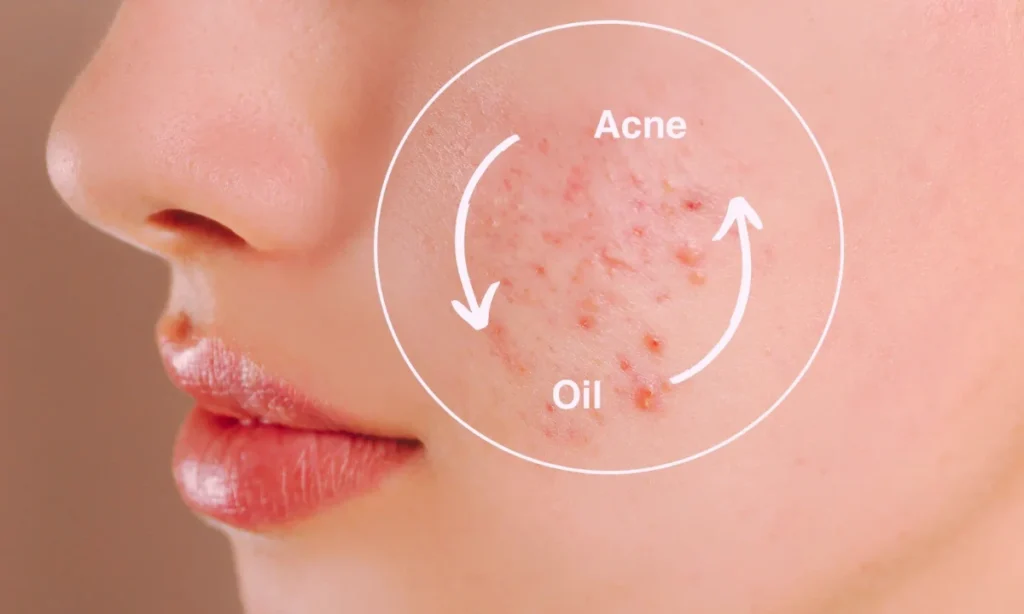
The main cause of acne on oily skin is blockage of facial pores on oily skin. Sebaceous acne occurs when sebum accumulates on the skin’s surface together with dead skin cells and bacteria that clog hair follicles. This blockage stops sebum from coming out of the follicular pore hence providing a conducive place for bacteria to grow.
Primary Causes of Oily Skin
Here are various causes of pimples on the oily skin:
Sebum: The Skin Oil in Oily Skin
Sebum is a skin surface lipid that originates from sebaceous glands embedded in the skin. Through continually coming up with new types of oil, this one is particularly useful in moisturizing and protecting the skin.
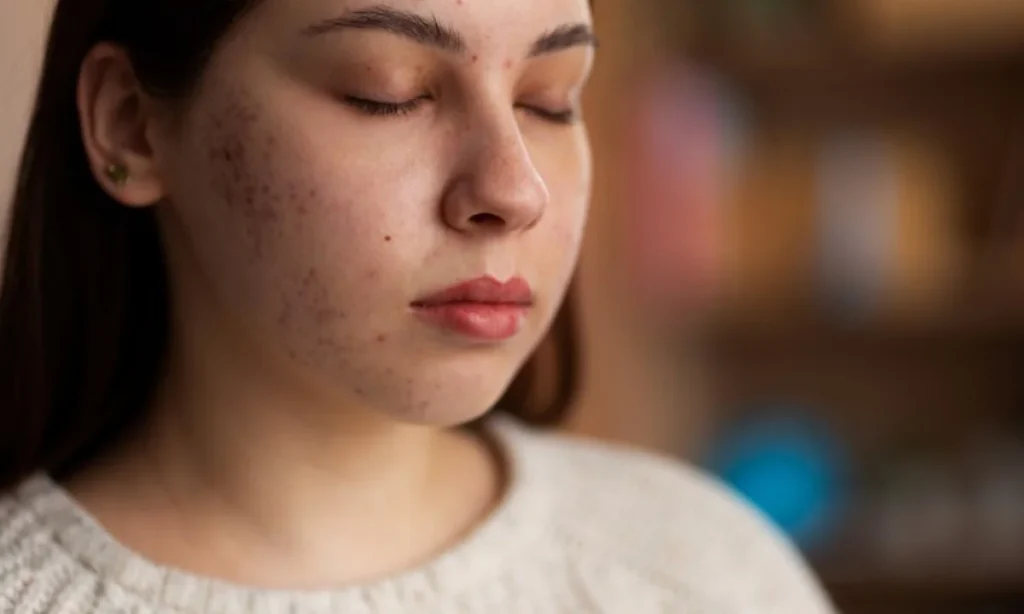
But when these glands become hyperactive sebum is produced in large quantities leading to oily skin. More production could be attributed to such factors as hormones, heredity, the food you take, and also the surrounding environment.
- How to Cancel My Planet Fitness Membership in 2025
- How many calories should I eat to lose weight?
- How many mental health professionals are in the US?
- Skin Care During Winter: 7 Essential Tips to Keep Your Skin Healthy
- How did Elon Musk lose weight so fast? 5 Secrets – You Won’t Believe What He Did!
- How Does Weight Loss Affect Your Face? 6 Unexpected Effects
- Does Baking Soda Kill Dandruff? 5 Proven Methods Explained
- Which Yoga Is Best for Beginners? 6 Easy Poses to Start With
- Are Exercise Bikes Bad for Your Knees? Experts Reveal 3 Insights
- Are Workout Apps Worth It? 5 Unexpected Benefits Revealed
- Can You Repair Hair Follicles? Discover the 5 Best Treatments
- How many yoga studios in the US? Shocking Fact – 42,000+ Studios
- Does oily skin age slower? 3 Shocking Signs
- How Dry Skin Can Be Cured? 4 Proven Ways
- Why do I have oily skin all of sudden? 9 Unexpected Causes
Hormonal Influences
Several hormones are responsible for controlling the production of sebum on the face. At puberty, hormonal changes result in an increase in androgen hormones that trigger sebum production from the glands.
This is why teenagers often experience pimple breakouts. Likewise, hormonal fluctuations related to the menstrual cycle, pregnancy, or menopause lead to oil secretion on the skin and consequently pimples.
Genetic Factors
Skin type and oil production are also other genetic factors. There is a good chance that children will develop oily skin or acne if one or both of their parents have such a problem. Knowledge of the family history may help to determine skin problems and possible therapies.
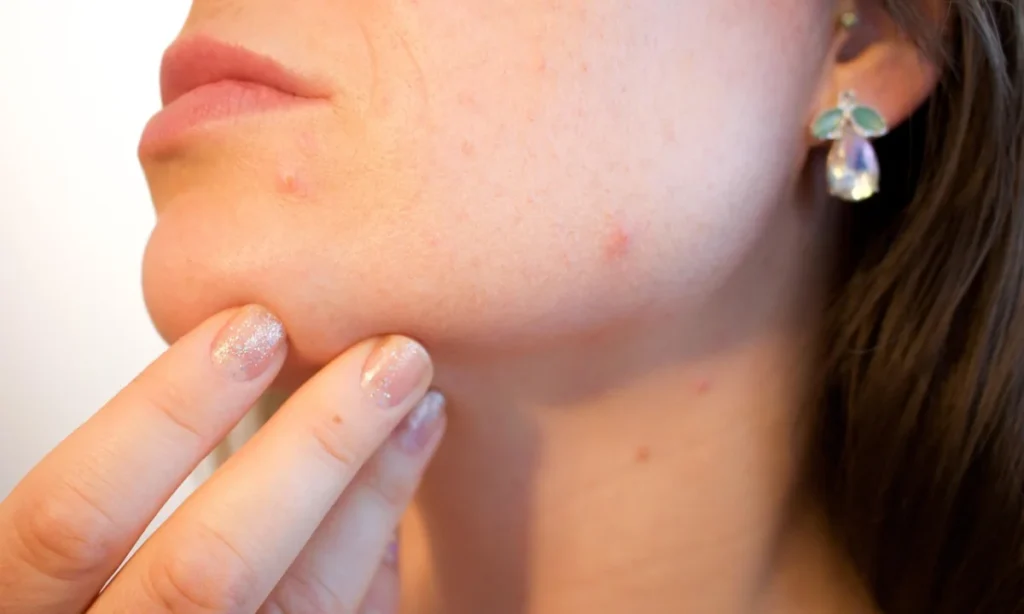
Bacterial Growth
Bacteria are known to cause acne and Propionibacterium acnes, is found to aggravate the formation of acne. When skin is oily and full of dead cells, bacteria breed by feeding on these surfaces thus causing an inflammation of the skin.
Inflammation and Acne Development
If bacteria enter the blocked pores, the body’s immune system results in inflammation. This inflammation is evident by redness, the development of swells, as well as the formation of pus-filled pimples characteristic of acne. If there is excess oil production on the skin, bacteria grow and generate a cycle that leads to breakouts.
Secondary Factors of Oily Skin
Certain environmental factors can also contribute to oily skin and acne formation:
Diet: Food items containing high GI like sugary products, and refined foods make acne worse because it triggers insulin levels, which in turn increases oil production in the body.
Stress: Stress on its own releases hormones that lead to the production of sebum thus compounding the problem of oily skin.
Skincare Products: Oils or comedogenic (pore-clogging) should be avoided by individuals with oily skin as they make the condition worse. One must only use products that tend not to clog the pores as this contributes to the breakout.
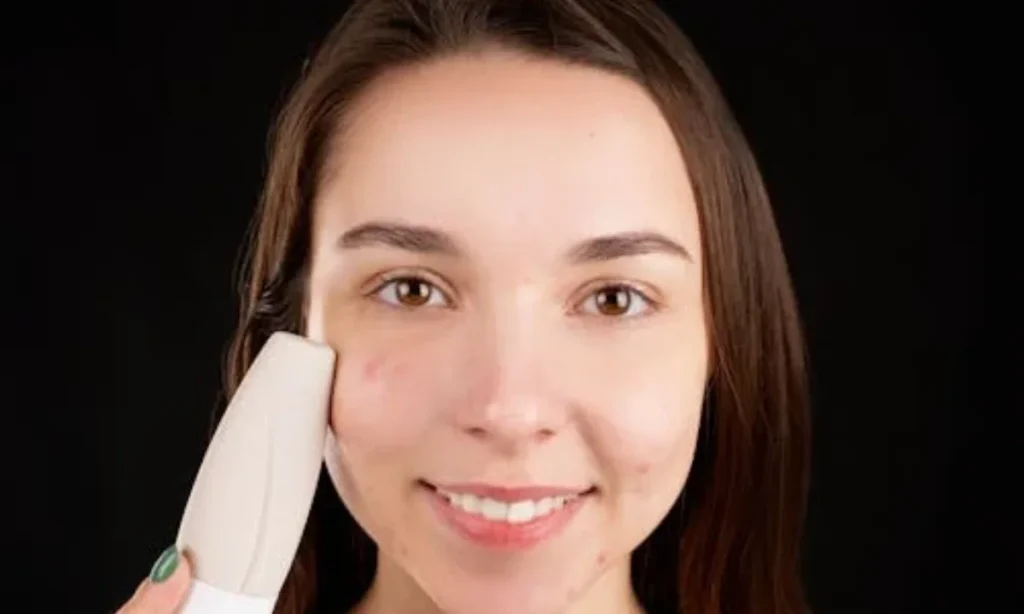
Conclusion
Pimples are always linked to oily skin and are primarily caused by sebum discharges that clog pores and encourage the growth of germs. Hormonal fluctuations, heredity, diet, lifestyle, etc. are some of its causes. Individuals with oily skin should make sure they are utilizing the appropriate skincare products for their skin type. In order to help control breakouts, combine it with healthy lifestyle choices like frequent exercise and a lower sugar intake.
How do you prevent pimples on oily skin?
To avoid getting pimples on your oily skin, create a remedy that will require you to wash your face with a mild, oil-free facial cleanser two times a day. It is best to use noncomedogenic products so as not to block the pores and also use a light moisturizer so as not to add oil to the skin. Furthermore, over-the-counter cosmetic products should have some of these properties.
How do you get rid of oil pimples?
You should use a gentle face cleanser for oily skin to clean your face first. Then, you should apply topical treatments like benzoyl peroxide or salicylic acid, which open the clog and lessen pimple irritation. Avoid popping or picking pimples to avoid scarring and re-infection.

